-
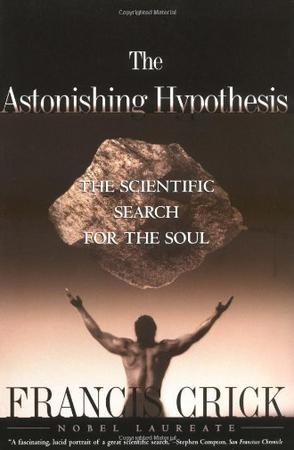
The Astonishing Hypothesis
从大脑神经工作原理解释意识的产生和发展。 -
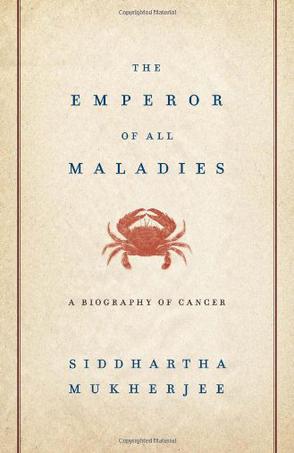
The Emperor of All Maladies
Starred Review. Mukherjee's debut book is a sweeping epic of obsession, brilliant researchers, dramatic new treatments, euphoric success and tragic failure, and the relentless battle by scientists and patients alike against an equally relentless, wily, and elusive enemy. From the first chemotherapy developed from textile dyes to the possibilities emerging from our understanding of cancer cells, Mukherjee shapes a massive amount of history into a coherent story with a roller-coaster trajectory: the discovery of a new treatment--surgery, radiation, chemotherapy--followed by the notion that if a little is good, more must be better, ending in disfiguring radical mastectomy and multidrug chemo so toxic the treatment ended up being almost worse than the disease. The first part of the book is driven by the obsession of Sidney Farber and philanthropist Mary Lasker to find a unitary cure for all cancers. (Farber developed the first successful chemotherapy for childhood leukemia.) The last and most exciting part is driven by the race of brilliant, maverick scientists to understand how cells become cancerous. Each new discovery was small, but as Mukherjee, a Columbia professor of medicine, writes, "Incremental advances can add up to transformative changes." Mukherjee's formidable intelligence and compassion produce a stunning account of the effort to disrobe the "emperor of maladies." (Nov.) (c) Copyright © Reed Business Information, a division of Reed Elsevier Inc. All rights reserved. -
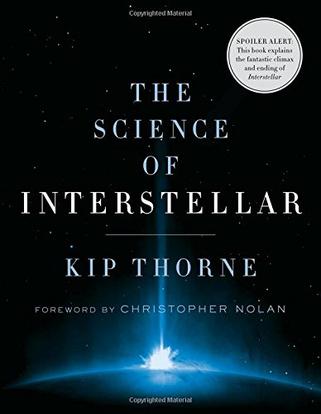
The Science of Interstellar
A journey through the otherworldly science behind Christopher Nolan’s highly anticipated film, Interstellar, from executive producer and theoretical physicist Kip Thorne. Interstellar, from acclaimed filmmaker Christopher Nolan, takes us on a fantastic voyage far beyond our solar system. Yet in The Science of Interstellar, Kip Thorne, the physicist who assisted Nolan on the scientific aspects of Interstellar, shows us that the movie’s jaw-dropping events and stunning, never-before-attempted visuals are grounded in real science. Thorne shares his experiences working as the science adviser on the film and then moves on to the science itself. In chapters on wormholes, black holes, interstellar travel, and much more, Thorne’s scientific insights—many of them triggered during the actual scripting and shooting of Interstellar—describe the physical laws that govern our universe and the truly astounding phenomena that those laws make possible. Interstellar and all related characters and elements are trademarks of and © Warner Bros. Entertainment Inc. (s14). -

比光速还快
在科学的领域中,人们无止境地争论,并表达出不同的意见。科学,无非就是试验新点子进而接受或拒绝的一个过程。本书谈的是一个知名科学家的VSL(光速改变理论)旅程,他要挑战的对象是爱因斯坦,而那很有可能会让一个物理学家丢掉饭碗。作者自信能够传达的一种感觉是:学科学 不仅是有趣,更能够丰富你人生经验,正因如此,VSL的故事可能比一般人所想象的还要精彩而生动,本书适合任何想一窥当代宇宙学发展状况,想知识科学家是怎样提出、发展、完成他们想法的读者,甚至是想进入这个领域的年轻学子比起一般的科普书,本书披露了更多的私密细节,它传达了一个年轻科学家解读宇宙真实本质的不凡企图,以及为了捍卫理念所做的种种奋斗。尽管科学家之间分分合合,但科学本身还是这个不太纯净的世界所能提供的最纯净的东西。 -
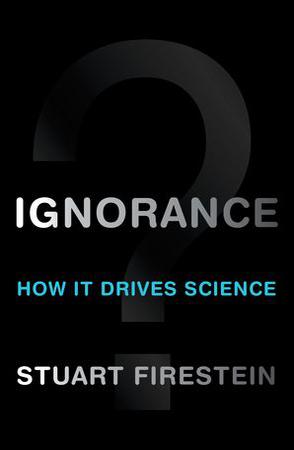
Ignorance
- The book argues that ignorance, not knowledge, is what drives science - The book provides a fascinating inside-view of the way every-day science is actually done - The book features intriguing case histories of how individual scientists use ignorance to direct their research Knowledge is a big subject, says Stuart Firestein, but ignorance is a bigger one. And it is ignorance—not knowledge—that is the true engine of science. Most of us have a false impression of science as a surefire, deliberate, step-by-step method for finding things out and getting things done. In fact, says Firestein, more often than not, science is like looking for a black cat in a dark room, and there may not be a cat in the room. The process is more hit-or-miss than you might imagine, with much stumbling and groping after phantoms. But it is exactly this "not knowing," this puzzling over thorny questions or inexplicable data, that gets researchers into the lab early and keeps them there late, the thing that propels them, the very driving force of science. Firestein shows how scientists use ignorance to program their work, to identify what should be done, what the next steps are, and where they should concentrate their energies. And he includes a catalog of how scientists use ignorance, consciously or unconsciously—a remarkable range of approaches that includes looking for connections to other research, revisiting apparently settled questions, using small questions to get at big ones, and tackling a problem simply out of curiosity. The book concludes with four case histories—in cognitive psychology, theoretical physics, astronomy, and neuroscience—that provide a feel for the nuts and bolts of ignorance, the day-to-day battle that goes on in scientific laboratories and in scientific minds with questions that range from the quotidian to the profound. Turning the conventional idea about science on its head, Ignorance opens a new window on the true nature of research. It is a must-read for anyone curious about science. -
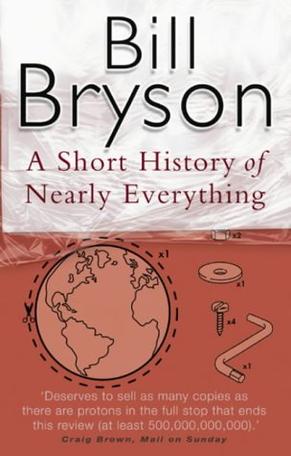
A Short History of Nearly Everything